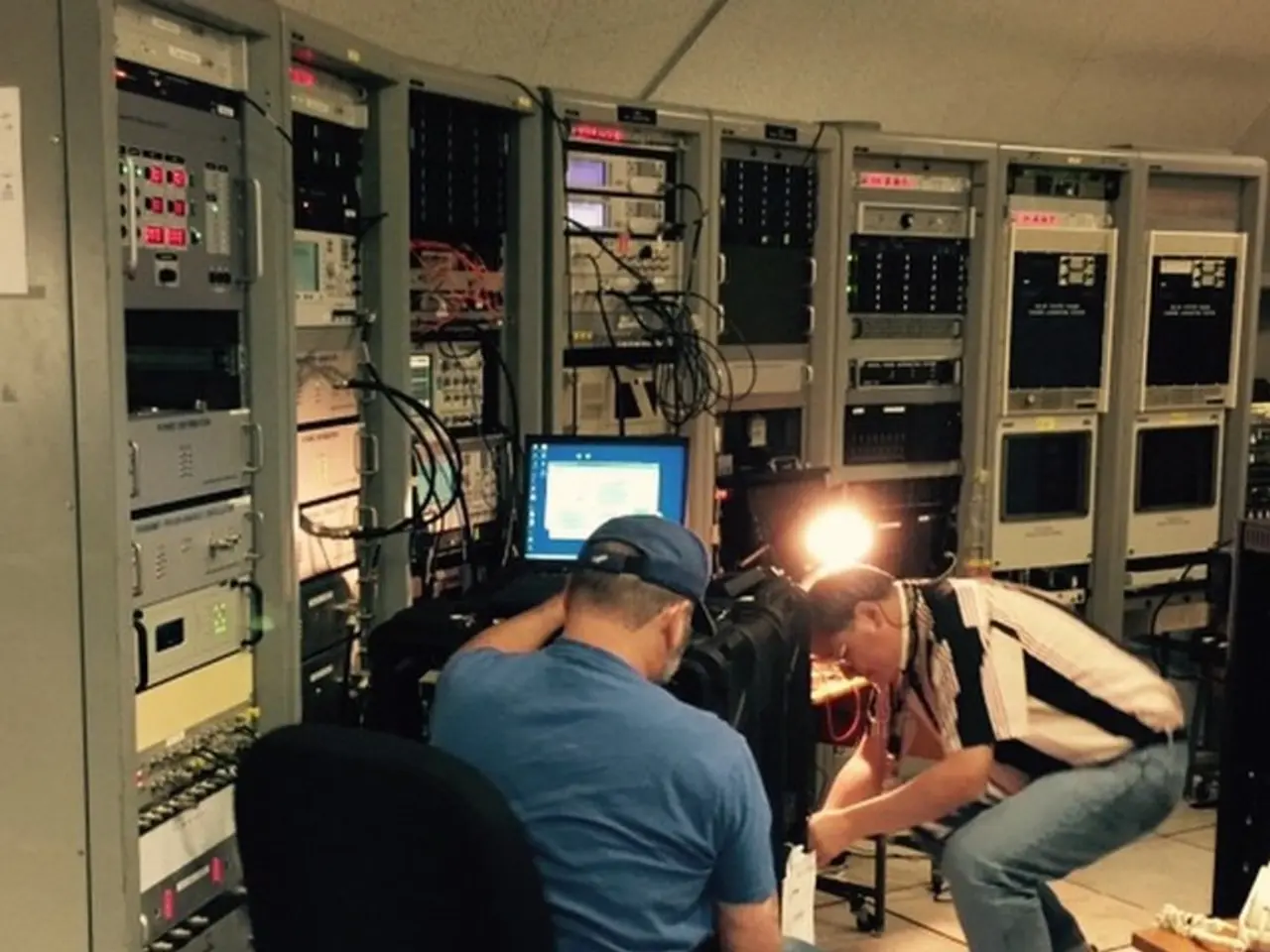Refreshing Your Energy - Strategies to Combat Exhaustion and Prevent Burnout
In today's tech-driven world, burnout has become an increasingly prevalent issue, affecting countless individuals who find themselves overwhelmed by persistent work pressures, digital overload, and blurred boundaries between professional and personal life. This article offers an overview of the symptoms, causes, and solutions for habitual burnout, providing practical advice for both individuals and organizations seeking to combat this modern-day affliction.
**Symptoms of Habitual Burnout**
Chronic exhaustion, detachment and cynicism, reduced performance and motivation, frequent illnesses, and sleep disturbances are all common symptoms of habitual burnout. Persistent mental, physical, and emotional fatigue can make even the simplest tasks feel insurmountable, while emotional distancing from work and colleagues often leads to negative or cynical attitudes. A marked decline in productivity, trouble concentrating, and loss of interest in once-cherished tasks are also indicative of burnout.
**Causes of Habitual Burnout**
Excessive workloads, lack of autonomy, unclear or shifting expectations, poor work-life balance, toxic work environments, and neurodivergent challenges are all contributing factors to habitual burnout. Overwhelming to-do lists, tight deadlines, and the expectation of constant availability are common in tech-driven, always-on workplaces. Feeling powerless or lacking control over job responsibilities can lead to frustration and disengagement, while ambiguous job roles and frequently changing priorities create confusion and anxiety.
**Solutions for Habitual Burnout**
Addressing habitual burnout requires a proactive, multi-faceted approach that includes both organizational change and individual self-care strategies. Setting clear boundaries, such as limiting after-hours communication and defining work hours, is essential for protecting personal time. Delegating and prioritizing tasks can help reduce overload, while promoting rest and recovery through scheduled breaks, vacations, and ensuring adequate sleep is crucial for overall well-being.
Creating safe spaces for employees to discuss stress and seek support, and equipping managers to recognize early burnout signs and take proactive steps to support their teams, are also vital components of a comprehensive burnout prevention strategy. Encouraging healthy habits, such as nutritious eating, regular physical activity, and mental fitness practices, can further bolster resilience and reduce the risk of burnout.
**Individual Self-Care Strategies**
Granting oneself permission to take a step back, even for an hour a week or one night a week, can be a starting point for reducing stress. Socializing with loved ones can also be a way to relieve stress and recharge. It's important to prioritize time for recharging activities, such as solitude or socializing, at least once a week.
For some individuals, regular solitude with a favourite book can be a form of recharging. Engaging in hobbies that bring joy and relaxation, such as starting a garden, can help relieve stress and anxiety, connect one to the physical body and the earth, and provide an opportunity for introspection.
**Breaking Habits of Habitual Burnout**
Living in a state of habitual burnout is not sustainable or enjoyable. Moving from one stage of burnout to the next can happen quickly, and making changes in one's routine can be stressful. However, it is important to remain true to oneself and the need to give one's brain a break.
The goal is to break habits of habitual burnout and find a more kind and calm way of managing one's life. It is possible to make life a joyous and beautiful experience, rather than one ridden with stress, long nights, and an inability to connect with things and people that bring happiness.
**Conclusion**
In conclusion, addressing habitual burnout requires a concerted effort from both individuals and organizations. By recognizing the symptoms, causes, and solutions for burnout, we can work together to create a more supportive, balanced, and healthy work environment. This year's Professional Wellness Month, celebrated in June, provides an opportunity for all of us to reflect on the well-being of employees and explore ways to foster positive growth. By prioritizing self-care and promoting a culture of wellness, we can break the cycle of habitual burnout and build a brighter, more sustainable future for ourselves and our communities.
- Incorporating gardening as a hobby can serve as a form of stress relief, promoting relaxation and emotional connection with nature, thereby contributing to a more comprehensive approach to workplace wellness and overall health and wellness, particularly mental health.
- To combat habitual burnout, science-backed solutions suggest a balance between organizational change and individual self-care strategies, which might include setting clear boundaries, prioritizing rest, and engaging in activities that foster mental fitness, such as gardening or other hobbies that induce a calm mindset.
- Recognizing the importance of breaking habitual burnout is crucial for fostering a more balanced work environment, as this might involve adopting self-care strategies like taking time off, socializing with loved ones, and dabbling in hobbies like gardening, all of which promote better physical, mental, and emotional health, in turn leading to happier and healthier employees in the realm of health and wellness.




